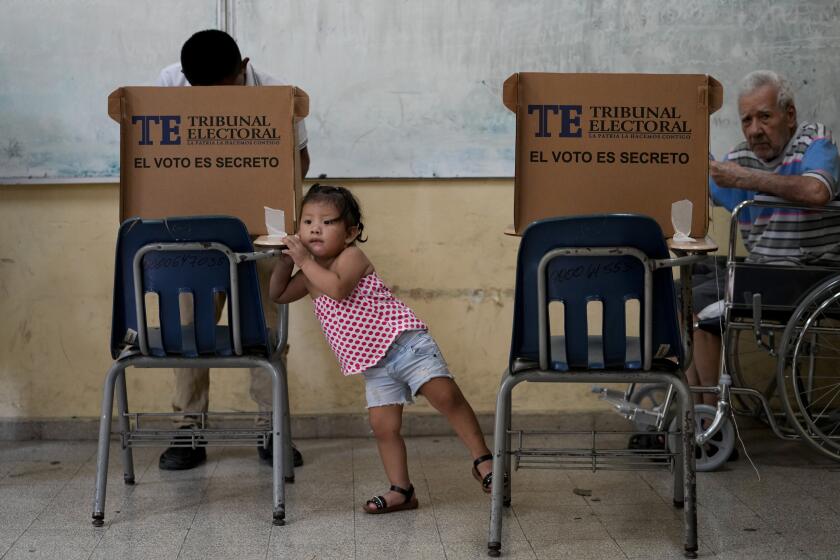North Carolina county schools reverse busing law
After a raucous meeting in which police expelled protesters and arrested three people amid accusations of segregation and Jim Crow, the county school board here has reversed three decades of busing designed to achieve diversity.
In a contentious 5-4 vote, the Wake County school board voted late Tuesday to approve a new policy that will assign students to schools in their neighborhoods under a “community school zone” program.
Opponents of the move said it will create more schools with high concentrations of poor, African American students in the 140,000-student district. A coalition of supporters of the current policy said the new policy will create “have” and “have-not” schools.
The head of the North Carolina NAACP, William Barber, has accused the board majority of “racist attitudes” after the board chairman called opponents “animals out of the cages.”
Barber said of the new policy: “It’s morally wrong. It’s legally wrong. It’s economically wrong.”
The vote ended three decades in which schools in Raleigh and surrounding Wake County used either race or socioeconomic status as significant factors in school assignments.
The new policy was spearheaded by parents and their supporters angry about the busing of students out of their neighborhoods. Conservative opponents of the current diversity policy gained control of the nine-member school board after elections in November.
Passions have run high in North Carolina’s capital city since then, pitting busing opponents against a coalition of civil rights and church groups. “The situation has really been volatile,” said school district spokesman Michael Evans.
In March, the new board voted to put Supt. Del Burns on paid administrative leave after Burns criticized plans to eliminate the diversity policy. Burns resigned effective June 30.
Board member John Tedesco, who led the move to overturn busing, said the current policy is well-intended but denies families of all races and classes a choice of schools. In an interview, Tedesco said the new policy replaces “an inherently biased model” by avoiding a race-based or class-based system.
Parents of all races and income levels have complained about their children being bused to schools outside their neighborhoods, Tedesco said. He said the new model will “allow for more choice and stability for all families.”
Before 1999, the district used race as one criterion for assigning students after the merger of city and county schools in 1976, Evans said. Since 2000, the district has used socioeconomic status as a prime factor in determining student assignments, with the goal of creating diversity.
Socioeconomic status is determined primarily by the percentage of students in the federal school lunch program, many of them poor African Americans but others from low-income white or Latino families.
The 159-school district is 51% white, 25% black and 11% Latino.
Even with busing, 85% of district students attend schools within five miles of their homes, Evans said.
david.zucchino
@latimes.com
More to Read
Start your day right
Sign up for Essential California for news, features and recommendations from the L.A. Times and beyond in your inbox six days a week.
You may occasionally receive promotional content from the Los Angeles Times.







